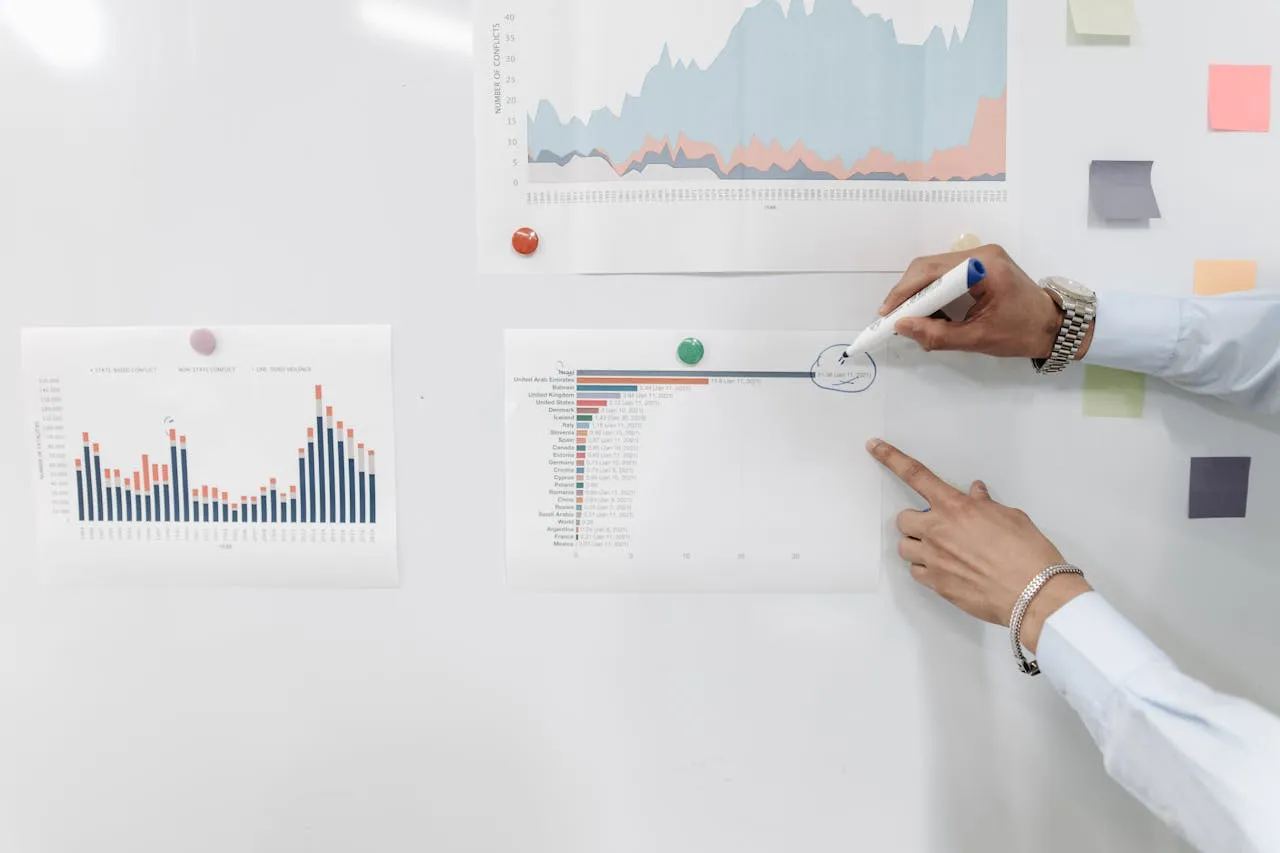
The Baldwin Group Q3 2025 Market Pulse: A Disciplined Market Takes Shape Amid Diverging Property and Casualty Trends
The Baldwin Group has released its Q3 2025 Market Pulse, an in-depth analysis of insurance pricing trends that integrates observed rate movements with exposure shifts and evolving client buying behaviors. This quarterly study aims to provide a realistic picture of how premiums are behaving across major commercial insurance lines, revealing the dynamic tension between a softening property market and a still-uncertain casualty environment.
According to the report, the commercial property market continues to show signs of moderation, with increased competition, expanding underwriting capacity, and more flexible program structures available for well-differentiated risks. In contrast, casualty lines such as General Liability, Commercial Auto, and Umbrella remain challenged by persistent legal system pressures, rising claims severity, and an underwriting environment that remains cautious and highly selective.
From Hard Market to Disciplined Market
“The property market has clearly entered a new phase,” said Leslie Nylund, National Managing Director of Broking and Insurance Company Partnerships at The Baldwin Group. “While property conditions continue to moderate, casualty outcomes remain highly situational after several years of being in a state of flux. We are no longer in a hard market — we’re in a disciplined one. Capital is available but it’s chasing quality. The winners will be those who treat risk management as a competitive advantage, not as a compliance exercise.”
Nylund emphasized that reinsurance capacity has returned to the market in a meaningful way, reshaping the competitive dynamics across both property and casualty. “For insureds, risk quality and transparency are the differentiators,” she added. “Strong controls and a well-articulated underwriting narrative translate into better terms and conditions in today’s bifurcated market. Competition is allowing brokers to negotiate program enhancements that truly add value for clients.”
Property Market: Softening Conditions, Stronger Capacity
The Baldwin Group’s analysis indicates that the property insurance segment continues its steady shift toward softening, a stark contrast to the tight market conditions observed in prior years. Reinsurance markets have stabilized after recent catastrophe losses, as reinsurers rebuilt balance sheets through higher premiums and stronger investment returns.
As a result, reinsurance pricing has eased, and there is ample capacity available to meet growing demand for catastrophe limits. This new equilibrium has allowed primary insurers to reenter the market more aggressively, spurring competition and improving flexibility for clients with sound risk profiles.
Key takeaways from the property segment include:
- Broader Capacity and Competition: Clean, well-maintained property schedules are benefiting from increased competition and more orderly placements. Underwriters are offering broader structures, especially for accounts outside of distressed profiles.
- Resilience-Led Underwriting: Underwriters are rewarding verified mitigation efforts—such as roof replacements, updated fire suppression systems, and water protection upgrades—by offering more favorable terms and reduced pricing volatility.
- CAT-Exposed Accounts Gain Momentum: Large catastrophe-exposed but loss-free accounts are seeing the most significant downward pricing trends, aided by shared/layered and alternative structures, including parametric solutions that help clients manage volatility and optimize cost.
- Middle-Market Competition Emerging: Small and mid-sized accounts written under packaged products are experiencing milder pricing reductions, but the increased competition suggests that broader softening may spread through the segment.
- Global Capital Reentry: London capacity and emerging MGA/MGU players are injecting additional competition, putting pressure on incumbent insurers to offer more attractive pricing and flexible coverage options.
Together, these developments signal a clear transition toward a more stable and competitive property insurance environment, where well-managed risks and demonstrated resilience are rewarded with improved terms.
Casualty Market: Uncertainty and Discipline Coexist
While property markets benefit from renewed capital inflows, the casualty segment tells a different story. The report notes that pricing and underwriting discipline remain firmly in place, with market participants grappling with sustained cost inflation, social inflation, and increasingly complex litigation trends.
General Liability: Diverging Outcomes
The general liability segment continues to show mixed conditions. Lower-hazard classes are enjoying greater pricing stability and competitive renewal outcomes, while higher-hazard or loss-affected classes remain under scrutiny. Underwriters are particularly sensitive to venue risks, as jurisdictions with a history of large jury awards or plaintiff-friendly rulings continue to drive higher loss severity. In response, insurers are applying tighter terms, elevated retentions, and closer attention to exclusions.
Commercial Auto: Ongoing Profitability Challenges
Commercial Auto lines remain one of the most challenging sectors within casualty insurance. Legal system abuse, escalating repair and medical costs, and broader workforce issues are combining to sustain margin pressure for carriers. However, the report notes progress among insurers adopting telematics, driver monitoring technologies, and robust fleet maintenance programs, which are helping improve underwriting confidence and operational safety outcomes.
Umbrella and Excess Liability: Selective Capacity Deployment
Capacity in the Umbrella and Excess segment remains highly selective, with reinsurance costs influencing attachment levels and driving increasingly complex tower structures. Renewal outcomes remain closely tied to incumbent relationships and historical loss performance. Insureds with stable programs and disciplined loss management are best positioned to secure continuity and favorable pricing.
Persistent Legal and Social Inflation Pressures
Across casualty lines, social inflation and litigation trends continue to exert upward pressure on claims costs. Higher jury awards, coordinated plaintiffs’ strategies across jurisdictions, and evolving legal doctrines are leading to greater claims severity and uncertainty in loss projections. These dynamics are forcing carriers to maintain conservative underwriting postures even as competition intensifies in other areas of the market.
Outlook: A Market Finding Its Balance

The Baldwin Group’s Q3 2025 Market Pulse concludes that while property markets continue to soften, the casualty segment remains a complex and situational landscape. The firm notes that it remains too early to determine whether easing conditions in property will spill over into management liability or other financial lines.
Cyber insurance remains a key focus area for both insurers and clients, with continuous evolution in coverage wording, sublimits, and response services. Meanwhile, Workers’ Compensation, bolstered by the broader softening in property markets, is expected to become increasingly competitive heading into 2026.
Certain carriers may pursue selective growth strategies that introduce targeted price pressure in specific industries, while others will continue to prioritize rate adequacy to offset unresolved challenges such as social inflation and claims volatility.
A More Disciplined, Data-Driven Era
Ultimately, The Baldwin Group’s analysis underscores the emergence of a disciplined, data-driven market—one that rewards transparency, proactive risk management, and strategic engagement between brokers, clients, and carriers. As Nylund summarized, “The market today is not about the hardest terms or the softest pricing—it’s about aligning capital with quality risk. The organizations that understand that will lead in this next phase.”
With capital returning, competition increasing, and clients demanding more value from their insurance partners, the industry is entering a new equilibrium—not a hard or soft market, but a disciplined one that prizes quality, resilience, and clarity above all.
ABOUT MARKET PULSE AND WHAT IT MEASURES
The Baldwin Group’s Market Pulse Report is a quarterly pricing trend analysis based on aggregated client data. It reflects the combined impact of rate changes, exposure shifts, and client purchasing decisions (such as limits and deductibles)—providing directional trend insight rather than line-by-line rate guidance. It draws on proprietary data, broker insights, and insurance company partner feedback offers a forward-looking view of the market dynamics shaping coverage availability, pricing, and risk appetite nationwide.
ABOUT THE BALDWIN GROUP
The Baldwin Group, the brand name for The Baldwin Insurance Group, Inc. (NASDAQ: BWIN) (“Baldwin”) and its affiliates, is an independent insurance distribution firm providing indispensable expertise and insights that strive to give our clients the confidence to pursue their purpose, passion, and dreams. As a team of dedicated entrepreneurs and insurance professionals, we have come together to help protect the possible for our clients.
We do this by delivering bespoke client solutions, services, and innovation through our comprehensive and tailored approach to risk management, insurance, and employee benefits. We support our clients, colleagues, insurance company partners, and communities through the deployment of vanguard resources and capital to drive our organic and inorganic growth. The Baldwin Group proudly represents more than three million clients across the United States and internationally.
Source Link: https://www.businesswire.com/







